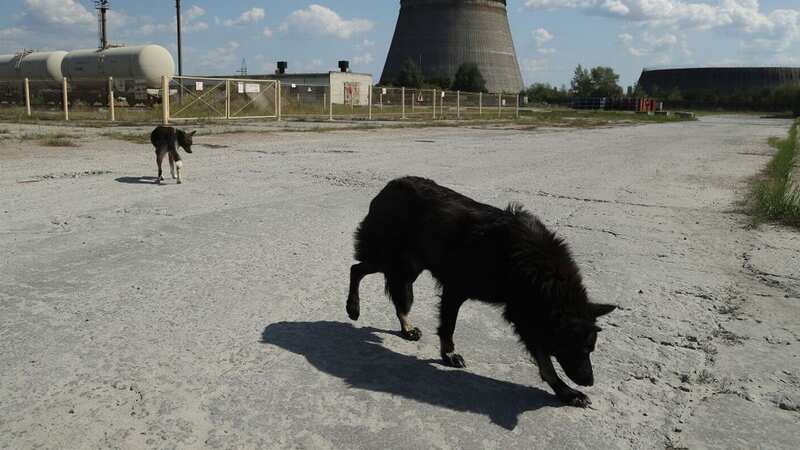Chernoybl's 'mutants' in the nuclear wasteland including cancer-resistant wolves

Scientists have reported that Chernobyl's remaining high levels of radiation have made some animals resistant to cancer.
It’s been almost 38 years since the Chernobyl nuclear disaster - an event which saw dangerous amounts of radiation enter the atmosphere, claiming 31 lives and displacing 350,000 people. Since then, the impact on the surrounding wildlife appears to have been remarkable, with some areas reporting the existence of mutant cancer-resistant wolves.
A 30-kilometre cordon was erected by the Soviet military following the deadly plant explosion. It is known as The Chernobyl Exclusion Zone and remains largely deserted today, but it's still home to a number of wild animals. The area appears to have become a haven for wildlife, particularly lynx, bison, wolves, horses and deer, who are seen roaming the forestland.
Research suggests boar, elk and roe deer populations exploded between 1987 and 1996, while the population of wolves became a major issue for local farmers in the mid-1990s. But the wildlife that exists in the area today suggests Chernobyl's remaining high levels of radiation have impacted animals in a number of interesting ways.
Cancer-resistant wolves
Wolves that live in Chernobyl seem to have developed a resistance to cancer, despite being exposed to radiation for generations.
 Warning as popular food and drink ‘increase risk of cancer death by up to 30%’
Warning as popular food and drink ‘increase risk of cancer death by up to 30%’
Dr Cara Love, an expert in evolution and toxicology at Princeton University, and her team began studying the wolves in 2014. They put radio collars on the animals and took samples of their blood, where they discovered the wolves are exposed to over 11.28 milligrams of radiation every day.
This is more than six times the amount of radiation considered safe for humans. Their immune systems have also changed in ways similar to cancer patients' when they undergo radiation treatment. Researchers found new mutations in genes linked to cancer, suggesting the wolves have become resistant to the disease.
Black frogs
Researchers discovered that frogs living in Chernobyl have become darker in colour. They believe this is an example of "rapid evolution". The research, shared in the Evolutionary Applications journal, discovered that eastern tree frogs with more skin-darkening melanin were more likely to have survived the disaster. It means today's population is mostly black frogs.
"We think the most likely reason why frogs within the Chernobyl Exclusion Zone are changing colour is because the very high radiation levels at the time of the accident favoured frogs with dark skin," Pablo Burraco, the main author of the study, told LiveScience.
The scientists say this "quick evolution" happened right after the disaster when radiation levels were at their peak. This is because melanin is known to "protect against radiation" - meaning darker frogs were more likely to survive and reproduce.
'Distinctly different' dogs
The Chernobyl Exclusion Zone is home to thousands of wild dogs, descended from the pets left behind by families who had to leave quickly after the disaster. A study shared in the Science Advances journal found the dogs of Chernobyl are "genetically distinct" after looking at their DNA. It also identified two unique dog populations, one that lives around the power plant itself and one that lives in Chernobyl City. These groups have not mixed.
Scientists have yet to determine just how radiation has impacted these genetic differences. In a discussion with the New York Times, co-author and dog genomics expert at the National Human Genome Research Institute, Elaine Ostrander, questioned: "Do they have mutations that they've acquired that allow them to live and breed successfully in this region?"
Read more similar news:
Comments:
comments powered by Disqus

































